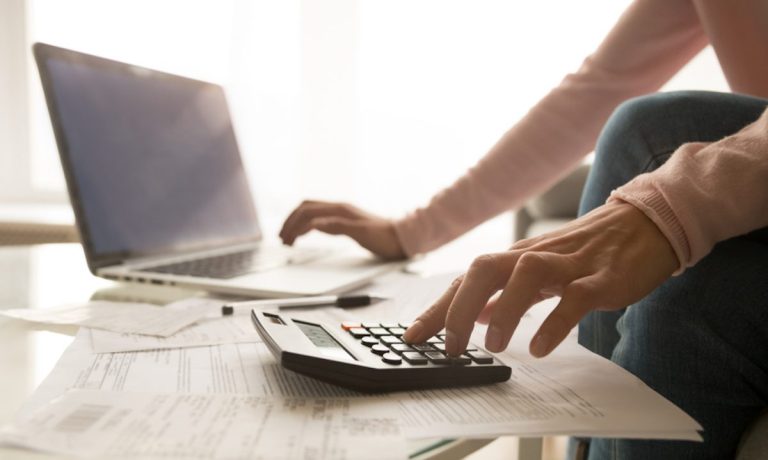
February 2022 looms as a red-letter month for individuals and consumers with student loans – and, by extension, signals pressure for paycheck-to-paycheck consumers.
It’ll be tougher to make ends meet.
As has been widely reported, the Biden administration is planning to press ahead with a “restart” of federal student loan payments in February 2022, after a nearly two-year pause spurred by the pandemic.
“We’re still assessing the impact of the omicron variant, but a smooth transition back into repayment is a high priority for the administration,” White House Press Secretary Jen Psaki said on Friday (Dec. 17), as reported by CNN.
In terms of the mechanics of that pause, the government has stopped collections on debt that has been in default and has also paused interest accruals (interest penalties, of course, can add significantly to the total cost of debt).
The Roosevelt Institute has estimated that before the pause, federal student loan borrowers were paying an average of $393 a month on that debt.
As PYMNTS noted earlier in the month, recent data from the Federal Reserve of New York has estimated that total household debt has topped $15 trillion, having increased by $286 billion, or 1.9%, in the most recent quarter. Among the most visible and significant line items, mortgage balances — the largest component of household debt as detailed by the Fed — rose by $230 billion to reach $10.7 trillion at the end of September. The Fed said that student loan balances grew by $14 billion, coinciding with the academic borrowing year.
A Tougher Juggling Act
In total, non-housing balances grew by $61 billion, with gains across all debt types.
Also see: Fed’s Debt Data Report Signals Pressures for Paycheck-to-Paycheck Consumers
All of this points to pressure for the paycheck-to-paycheck consumer, where PYMNTS has found that the percentage of those falling under this definition – indeed, struggling to meet monthly obligations regardless of income level – has enveloped 57% of the population, up from 54% just a few months ago.
Though past research had shown that, by and large, paycheck-to-paycheck consumers had padded their savings – to an average of $6,200 this spring from $2,400 just before the pandemic began – those cash cushions had started to see a drawdown more recently. And the less cash there is on hand, the less able consumers are to meet life’s financial challenges, or dip into the savings to meet a bill, such as an “unpaused” monthly student loan payment. We’re living in an age, too, where 81% of the P2P consumers surveyed state that they are concerned about inflation.
Inflation eats away at the dollar’s purchasing power that can be slotted toward buying groceries or gas, for example – and in effect means there might be fewer dollars on hand to satisfy the monthly student loan payment.
The juggling act suddenly has one more ball in the air, as February speeds toward us.